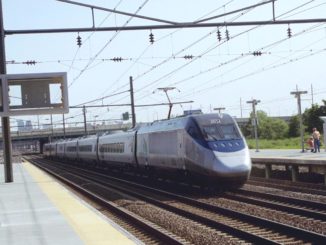
For my money, there is no better place to watch trains than Metuchen, New Jersey.
I am biased, I will grant you. For this is the place where I first learned of the Northeast Corridor. Of course, I didn’t know it as such at the time. It was just the place where I could ask conductors for expired tickets to add to my ever-growing collection and watch speeding trains blow through the station.
For a kid who loved trains, this place was magical. But, let’s be honest. I still find this place special. I could stand on the platform and watch trains all day long. For me, there is no place else like the Northeast Corridor for railfanning.
Thousands of commuters and through-passengers traverse these trains daily, with nary a thought about the history of this stretch of track.
For the sake of organization, this study will examine the Northeast Corridor in three sections — Boston to New York City, New York City to Philadelphia and Philadelphia to Washington.
I am particularly appreciative of the many museums and organizations that provided me with invaluable research assistance. I am even more grateful for my wife, Ruth, for helping me develop this book, and to my parents for helping me proofread drafts to make sure it was at least somewhat coherent.
A book of this nature is not a comprehensive account of everyone associated with the railroad. Nor is it a retelling of every episode, train wreck and corporate event related to the line. It is but a brief overview of the Northeast Corridor and its role in shaping the region and the country.
From The Northeast Corridor (Images of Rail).





